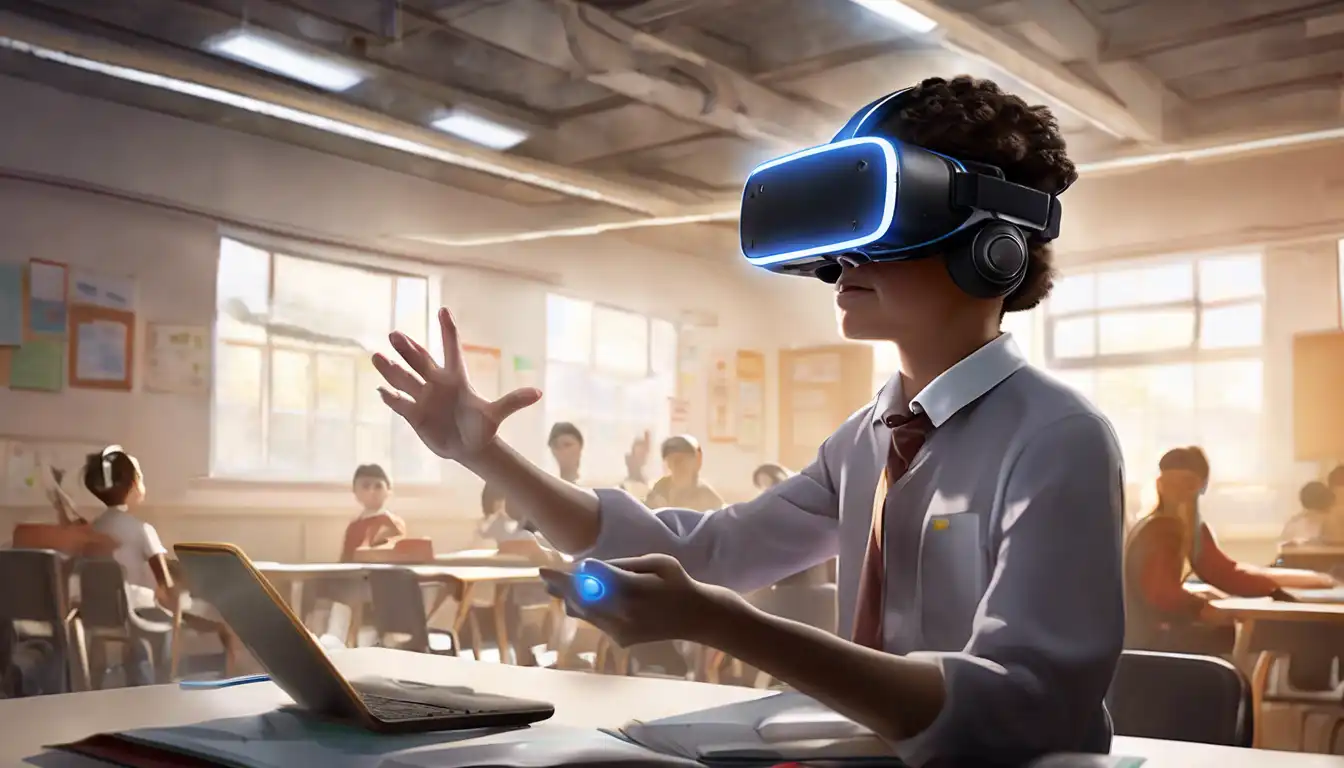The Transformative Impact of Virtual Reality on Learning and Skill Development
Virtual Reality (VR) technology has rapidly evolved from a futuristic concept into a practical tool in various sectors, especially in education and training. Its ability to simulate real-world environments and scenarios offers unparalleled opportunities for immersive learning and skill development. This article delves into the potential of VR in revolutionizing educational methodologies and training programs.
Why VR in Education and Training?
VR provides an immersive learning experience that traditional methods cannot match. It allows learners to visualize complex concepts, practice skills in a safe environment, and engage with content in a more interactive manner. From medical students performing virtual surgeries to mechanics troubleshooting virtual engines, VR is setting new standards in experiential learning.
Benefits of VR in Learning
- Enhanced Engagement: VR's interactive nature keeps learners engaged, making education more enjoyable and effective.
- Safe Learning Environment: High-risk professions can train without the dangers associated with real-life training.
- Accessible Education: VR can bring high-quality education to remote areas, breaking geographical barriers.
- Customizable Learning Experiences: Educators can tailor VR content to meet individual learning needs and paces.
Applications of VR in Education and Training
VR's applications in education and training are vast and varied. In the medical field, VR simulations are used for surgical training, allowing students to practice without risk to patients. In the corporate world, VR is employed for soft skills training, such as leadership and communication. Additionally, VR is transforming STEM education by making abstract concepts tangible through 3D visualization.
Challenges and Considerations
Despite its potential, VR in education and training faces challenges such as high costs, the need for technical infrastructure, and the risk of over-reliance on technology. It's crucial to balance VR use with traditional learning methods to ensure a comprehensive educational experience.
Future Prospects
The future of VR in education and training looks promising, with advancements in technology making VR more accessible and affordable. As VR becomes more integrated into curricula and training programs, its potential to enhance learning outcomes and skill acquisition is boundless.
For more insights into the latest trends in educational technology, explore our technology section.
